How and when to prune monkey grass – expert advice for this part-shade perennial
Trimming this shade-tolerant perennial at the right time will keep your plants in good health and your yard tidy
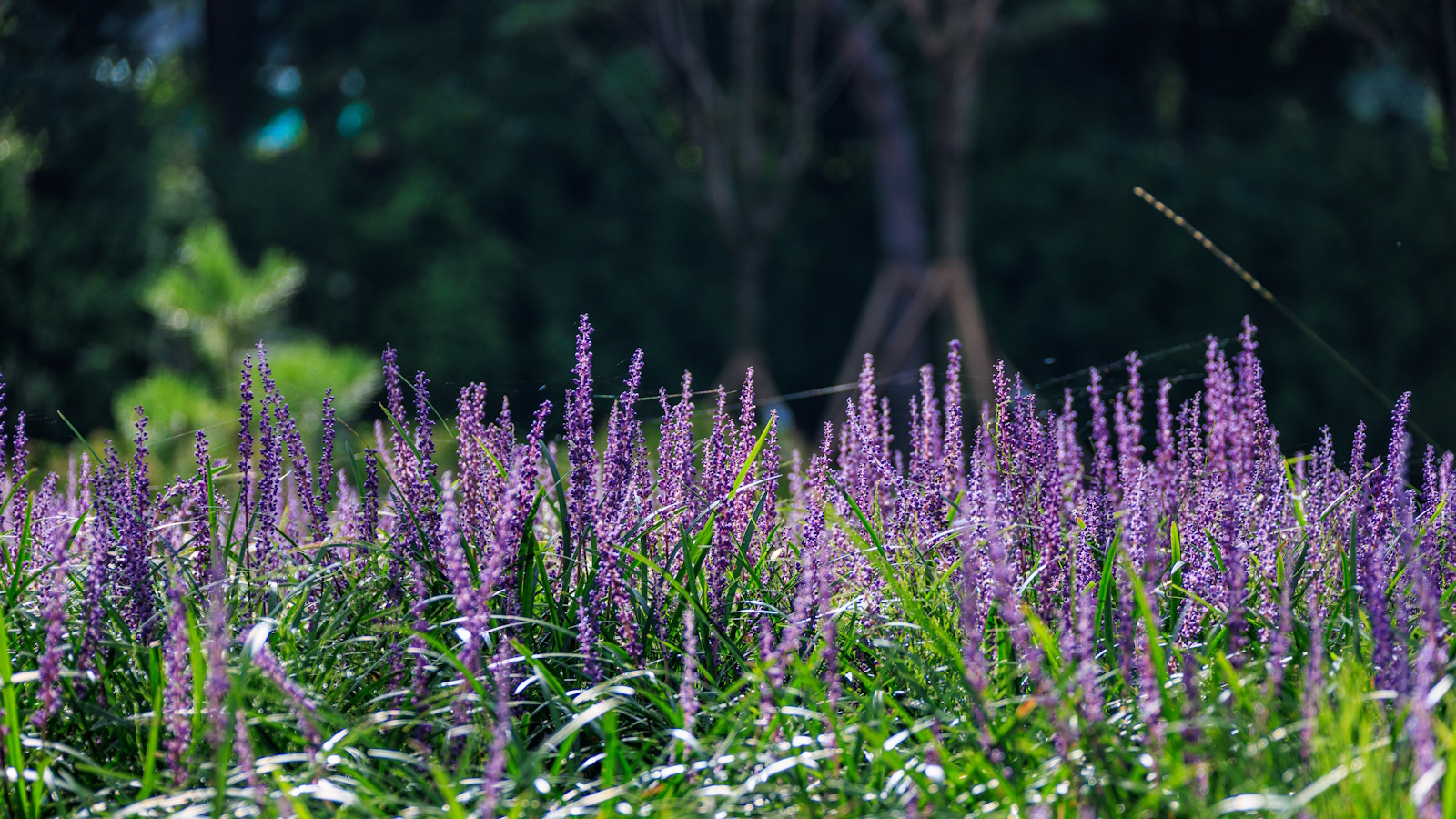

Monkey grass is a popular ground cover plant that can quickly fill challenging areas of the yard. Thriving in shady corners and borders, monkey grass, or Liriope muscari, can create an attractive green mat under large trees or shrubs, complemented by purple or white blooms in late summer. When grown on mass, the effect is impressive, as seen in the images here.
During fall and winter, the berries of your monkey grass plants will begin to fade and fall, and the foliage can turn yellow and brown. For this reason, it is a good idea to prune your plants and encourage them to produce lots of fresh new growth in the spring. As with all ornamental plants, pruning monkey grass is an important and timely task.
So, while you might know how to grow monkey grass, our expert-approved guide has all the information you need to learn how and when to prune monkey grass to ensure that your shady ground cover plants return better than ever next year.
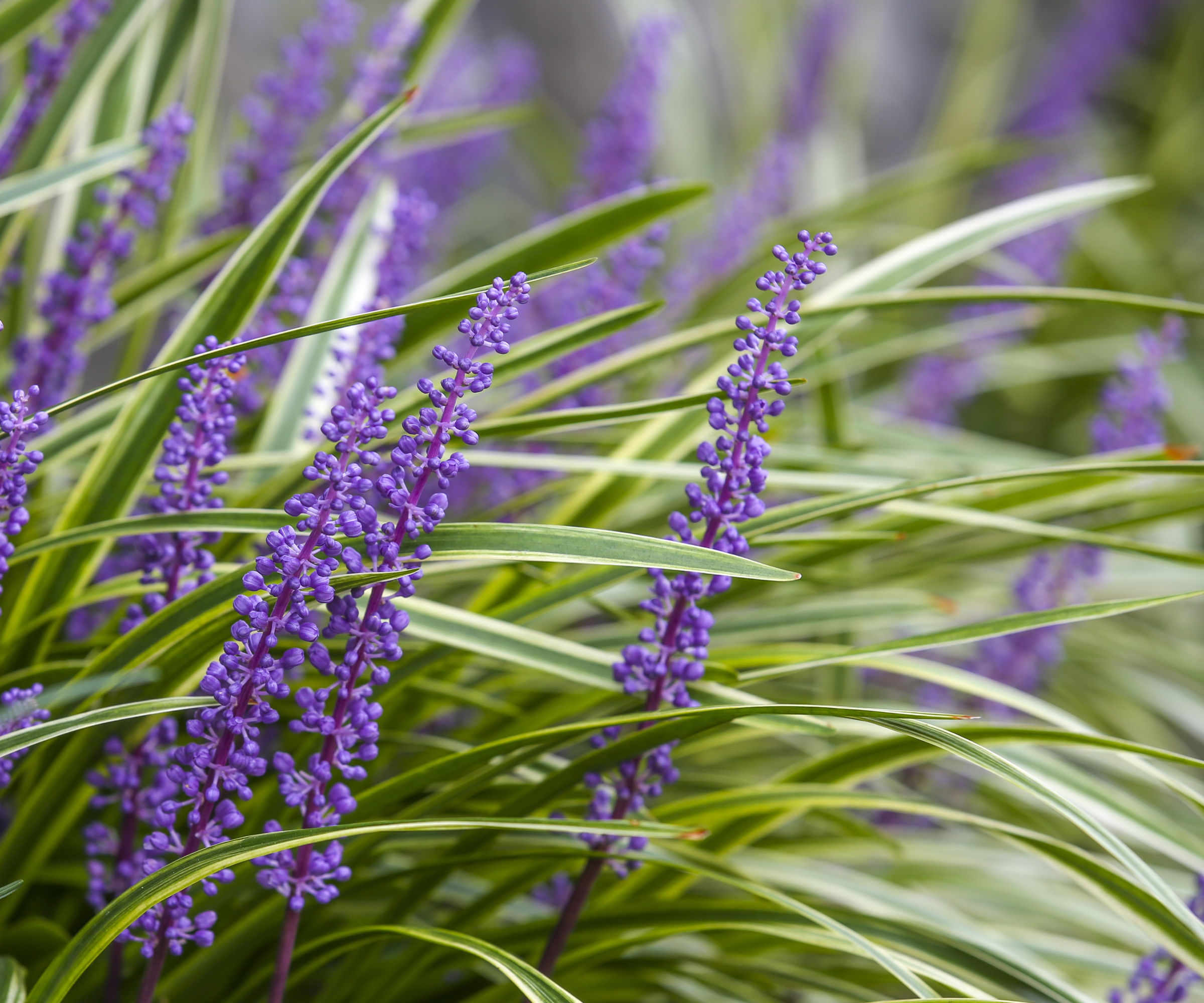
Pruning advice for monkey grass
Although commonly referred to as monkey grass or lilyturf, this ground cover is neither a true grass nor a lily. Instead, it belongs to the asparagus genus, Asparagaceae. Often considered one of the best ground cover plants to stop weeds, monkey grass will, over time, form a dense mat to keep troublesome and unwelcome plants away from your yard.
While the foliage can remain evergreen in warmer regions, such as those states from US hardiness zone 9 plus, in cooler areas such as zone 5, yellowing or browning blades need trimming to keep the plant looking its best.

These black gardening gloves are both durable and protective, keeping your hands safe and clean while digging, weeding and pruning in the yard.
When to prune monkey grass
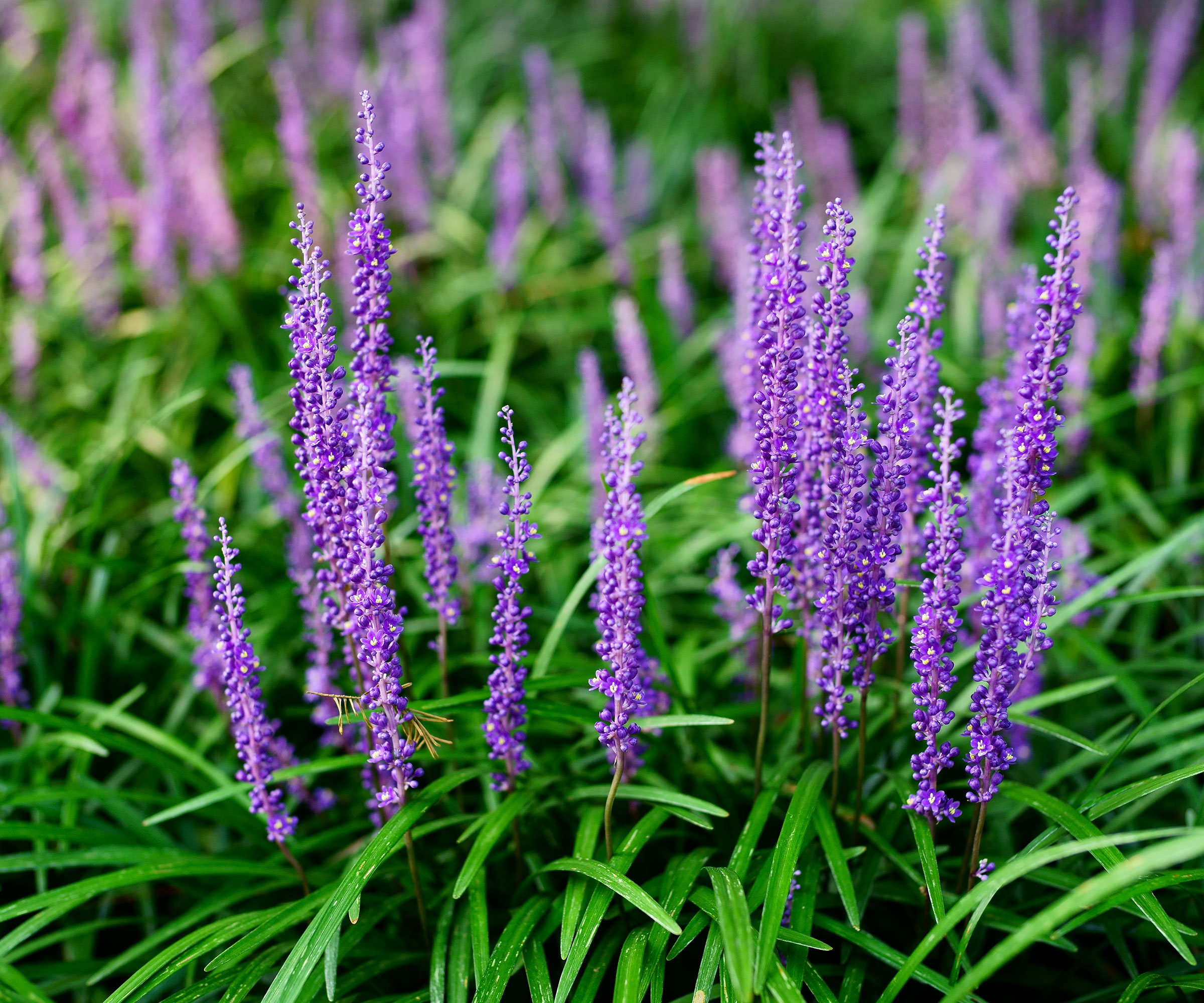
'Monkey grass will easily fill problem areas of your yard,' says Mike Murphy, garden expert and owner at You Had Me At Gardening. 'These evergreen ground cover plants thrive in well-drained soil and are very adaptable, tolerating, deep shade, part shade and sunny spots too.
'Monkey grass is an excellent choice for areas with filtered sunlight, such as under large maple trees in the backyard, for example,' Mike adds.
In terms of pruning monkey grass, while this will depend on your US hardiness zone and where you live, generally speaking, it is a 'good idea to cut back in winter or early spring to maintain its tidy appearance,' Mike continues. 'Pruning at this time is best as you will not damage any new growth that should shoot from spring onwards.'
I would not recommend pruning in the fall. When I worked as a professional gardener in a central London public garden, one shady border that I tended to contained hundreds of monkey grass plants. I found that many of the plants held onto their berries through fall, feeding local wildlife and providing interest late into the year, with black-gray berries shining as they catch the light, as seen in the image below.
In addition, old blades and clumps of foliage can protect the crown of the plant if there is a heavy snowfall. So, for these reasons, pruning monkey grass is a job to add to your winter gardening checklist.

Mike grew up gardening with his parents and grandparents. He enjoys his backyard orchard of dwarf fruit trees, raspberry and blackberry patches, and raised garden boxes. In addition to his perennials, Mike enjoys sprouting new fruit and vegetable seeds every spring.
How to prune monkey grass
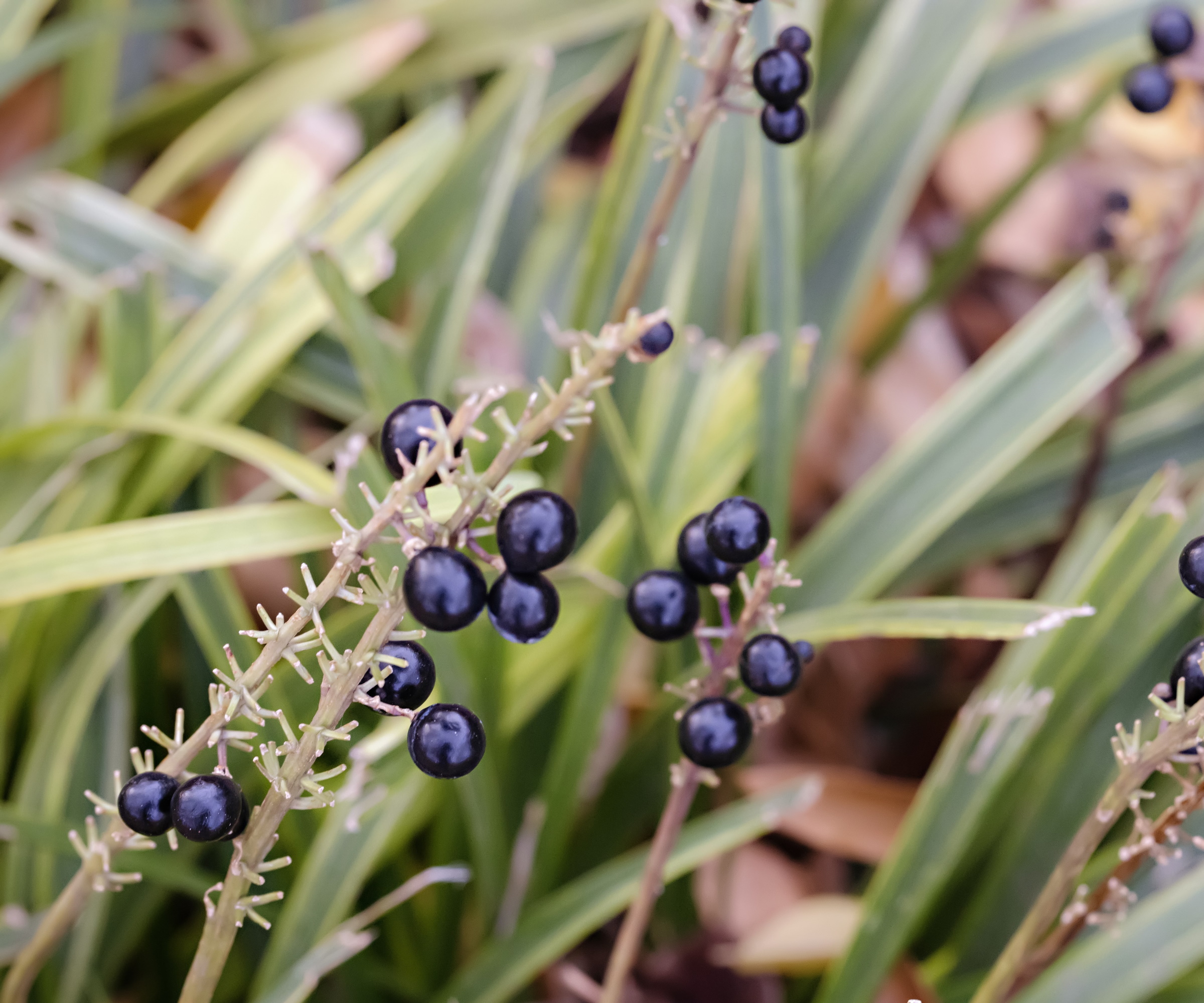
While the foliage of monkey grass can be evergreen, blades can start to look messy and tired after a year or two, and cutting back will help to rejuvenate new growth in the springtime. If your foliage is looking in decent shape, you can simply remove any blades that are yellow or brown. Using your hands, gently pull each blade, which will slowly loosen and come away from the plant without too much effort.
For larger jobs, tools will be required. When pruning monkey grass, use clean, sharp tools to guarantee the cleanest cut. If your gardening tools are looking a little old and rusty, consider investing in a new pair, such as these Felco snips from Walmart, that will easily remove dead and damaged stems.
'Cutting by hand is certainly the best option,' Mike says. 'While many people might suggest mowing, this is not recommended, as you can damage the crown of the plant.' If you have a large area to cover, opt instead for hedge clippers, available from Amazon.
Whatever your approach, 'do not cut below two to three inches above ground.' Do not be worried about hard pruning, as established clumps will quickly send out new shoots as the temperatures rise. While it can feel destructive, sometimes you have to be cruel to be kind, and you will be glad of this severe chop in a few months time.
FAQs
Should I fertilize monkey grass after pruning?
'When considering how to feed monkey grass, this plant is a relatively low-maintenance ground cover that doesn't usually require much fertilizer,' says Mike Murphy, garden expert and owner at You Had Me At Gardening. 'After pruning, you can apply a slow-release balanced fertilizer to your beds in the springtime, but be sure to avoid over-fertilizing, as this can lead to excessive foliage at the expense of blooms. For this reason, you should use less than the recommended amount of fertilizer and lightly scatter across the bed.'
After pruning in the winter, mulching your borders is a good idea. Once the foliage of your monkey grass plants is removed, you will easily be able to apply a generous amount of mulch to the ground, typically one to two inches, that will help to suppress weeds, feed the soil and retain moisture for the year ahead. Opt to use a mulch suitable for woodland beds, such as this pine mulch available from Amazon, which will help to give your pruned plants the best chance of success.
Sign up to the Homes & Gardens newsletter
Design expertise in your inbox – from inspiring decorating ideas and beautiful celebrity homes to practical gardening advice and shopping round-ups.

Thomas is a Content Editor within the Gardens Team at Homes and Gardens. He has worked as a professional gardener for both public spaces and private estates, specializing in productive gardening, growing food and flowers. Trained in Horticulture at the Garden Museum, he has written on gardening and garden history for various publications, including The English Garden, Gardens Illustrated, Hortus, The London Gardener and Bloom. He has co-authored a Lonely Planet travel book, The Tree Atlas, due out in 2024.
-
 Vintage prints are making a comeback – designers say to look out for these 5 nostalgic patterns this year
Vintage prints are making a comeback – designers say to look out for these 5 nostalgic patterns this yearThese vintage-style patterns are all the rage right now, and we spoke with design experts to learn how best to style them in the home
By Eleanor Richardson Published
-
 5 things people with clean upholstery always do – simple, quick and oh-so-effective
5 things people with clean upholstery always do – simple, quick and oh-so-effectiveEnsure your furnishing looks clean year-round with these expert tips
By Seraphina Di Mizzurati Published
-
 7 native perennials to plant in April – for glorious flowering displays to attract bees, butterflies, and hummingbirds
7 native perennials to plant in April – for glorious flowering displays to attract bees, butterflies, and hummingbirdsDiscover some of the best perennials to plant in April to make your garden a hotspot for wildlife
By Drew Swainston Published
-
 Is the viral salt hack the secret to a weed-free patio? A garden expert warns of irreparable, long-term damage – plus reveals the safest way to get results
Is the viral salt hack the secret to a weed-free patio? A garden expert warns of irreparable, long-term damage – plus reveals the safest way to get resultsYou might have seen gardeners on TikTok or Instagram using salt to kill weeds in pavers, but this hack should be avoided at all costs
By Thomas Rutter Published
-
 Worst-smelling plants to avoid – experts reveal 5 pungent species and suggest perfumed options to grow instead
Worst-smelling plants to avoid – experts reveal 5 pungent species and suggest perfumed options to grow insteadThese are some of the worst-smelling plants that can cause quite a stink
By Thomas Rutter Published
-
 How to fertilize magnolias – garden experts reveal the secrets to better blooming, and timing is critical
How to fertilize magnolias – garden experts reveal the secrets to better blooming, and timing is criticalMagnolias are famed for their spring flowers, and feeding at the right time can give trees a boost
By Thomas Rutter Published
-
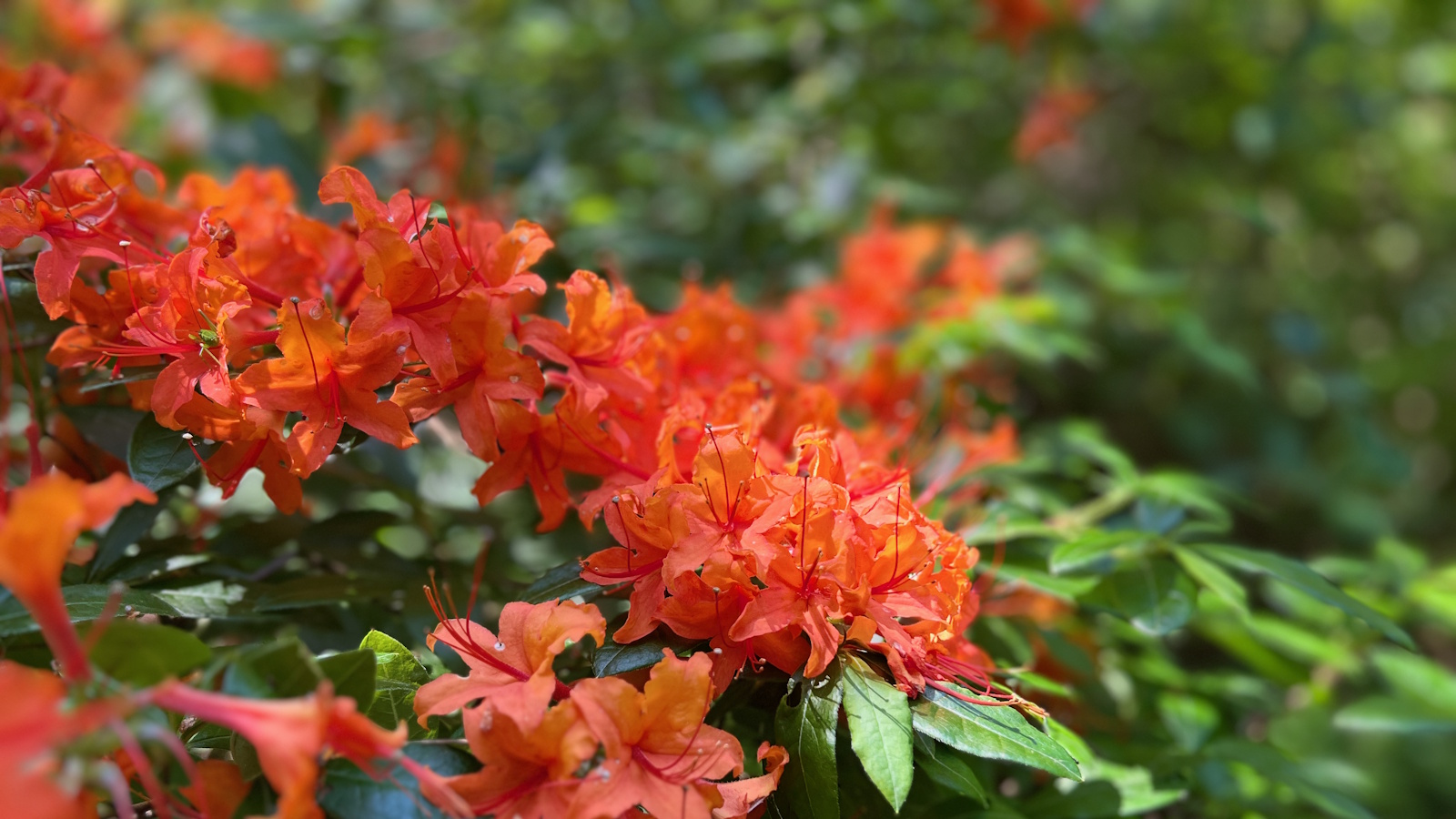 How to revive old rhododendron plants – pruning advice from a professional gardener to save your struggling shrubs
How to revive old rhododendron plants – pruning advice from a professional gardener to save your struggling shrubsWith the right pruning approach, you can rejuvenate old and woody rhododendrons
By Thomas Rutter Published
-
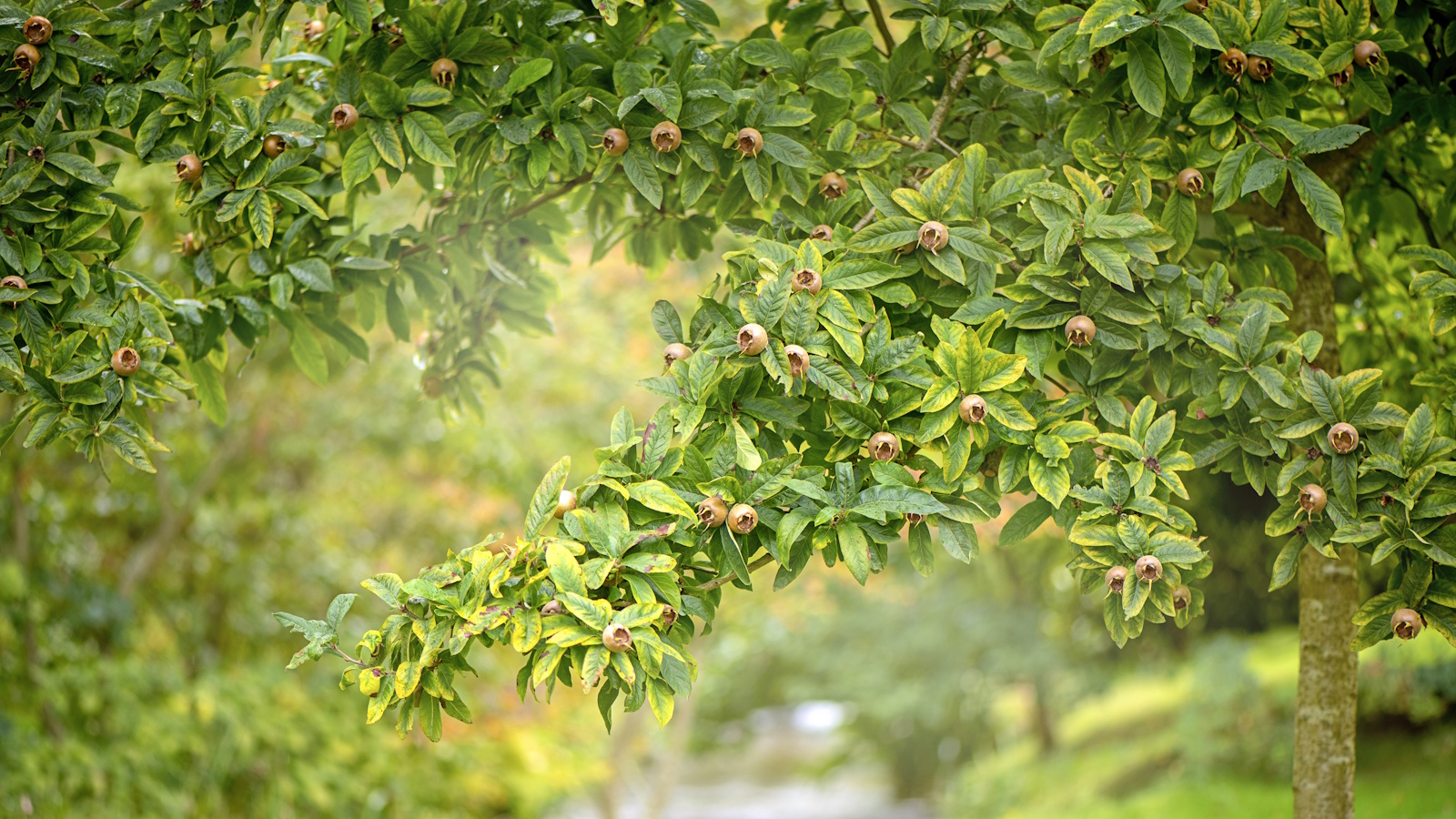 How to grow medlar trees – to enjoy a harvest of unusual fruits from this forgotten heritage species
How to grow medlar trees – to enjoy a harvest of unusual fruits from this forgotten heritage speciesMedlar fruits were once a popular delicacy, yet today, they are a rare find
By Thomas Rutter Published
-
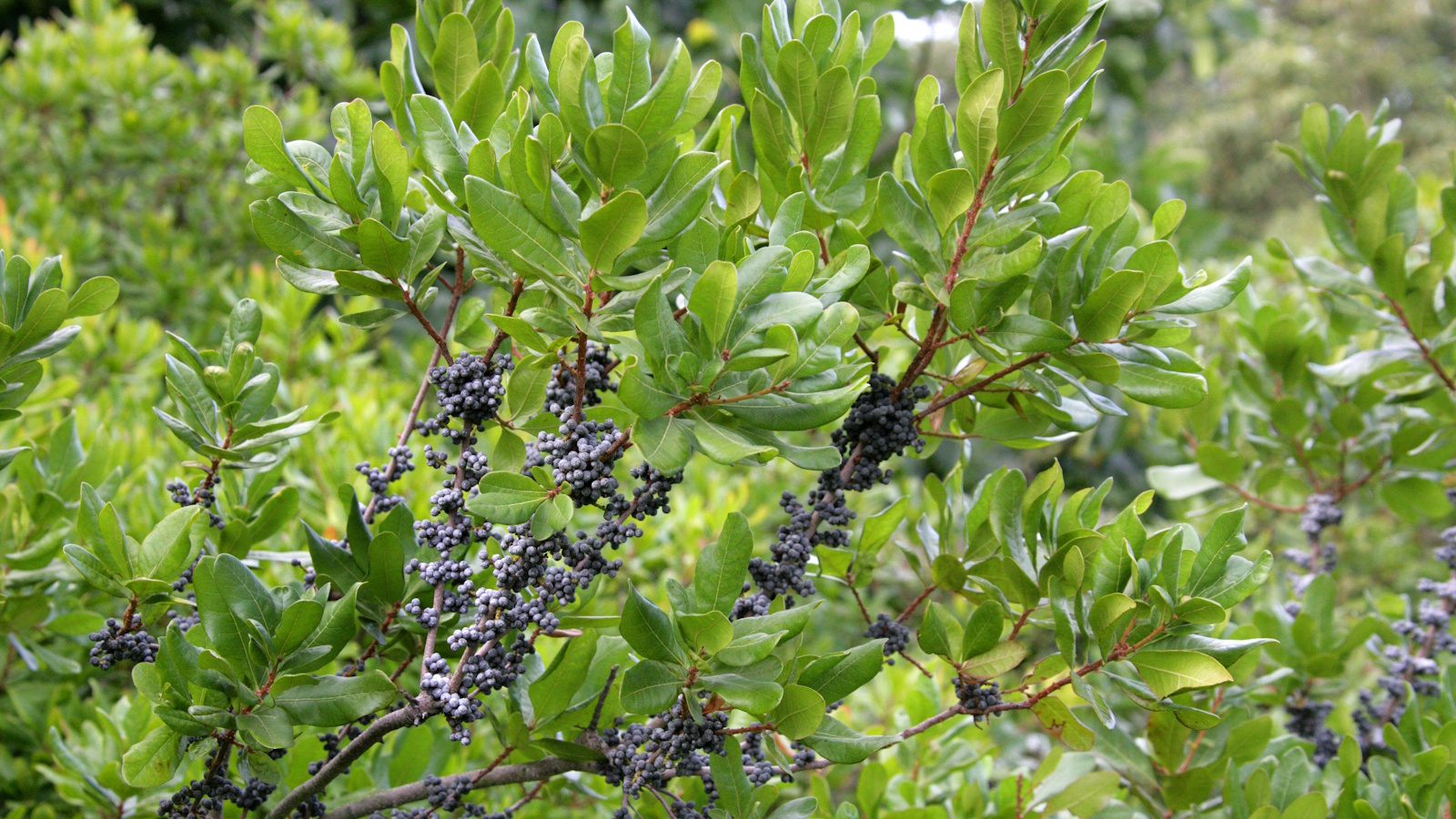 Best fragrant shrubs – 5 perfumed plants to transform garden borders and pot displays this summer
Best fragrant shrubs – 5 perfumed plants to transform garden borders and pot displays this summerGrow one or more of the best fragrant shrubs to add a sensory element to your yard
By Thomas Rutter Published
-
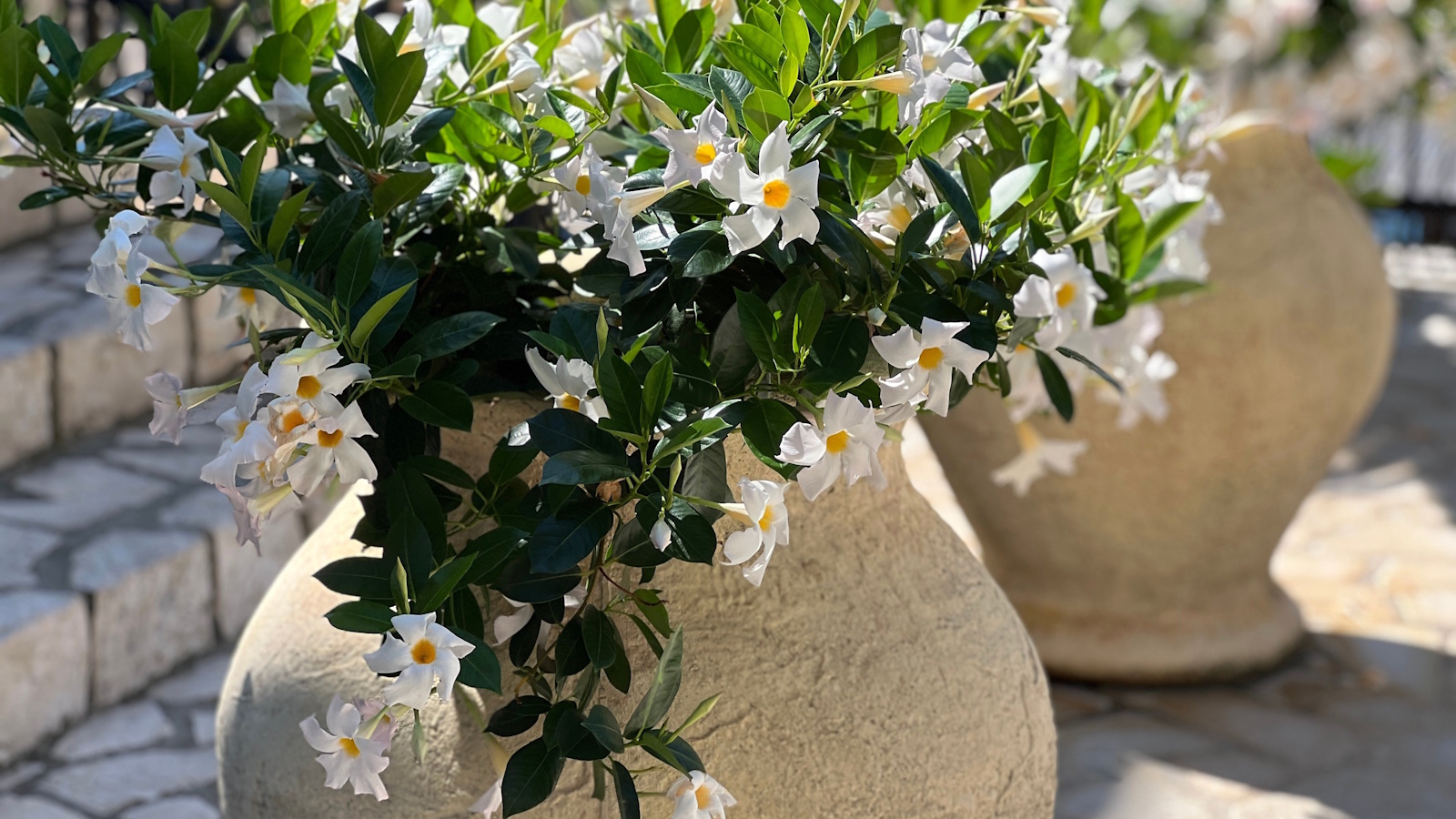 How to grow mandevilla in pots – and elevate your outside space with impactful tropical flowers this summer
How to grow mandevilla in pots – and elevate your outside space with impactful tropical flowers this summerLearning how to grow mandevilla in pots will add a colorful and vertical accent to any size plot
By Thomas Rutter Published